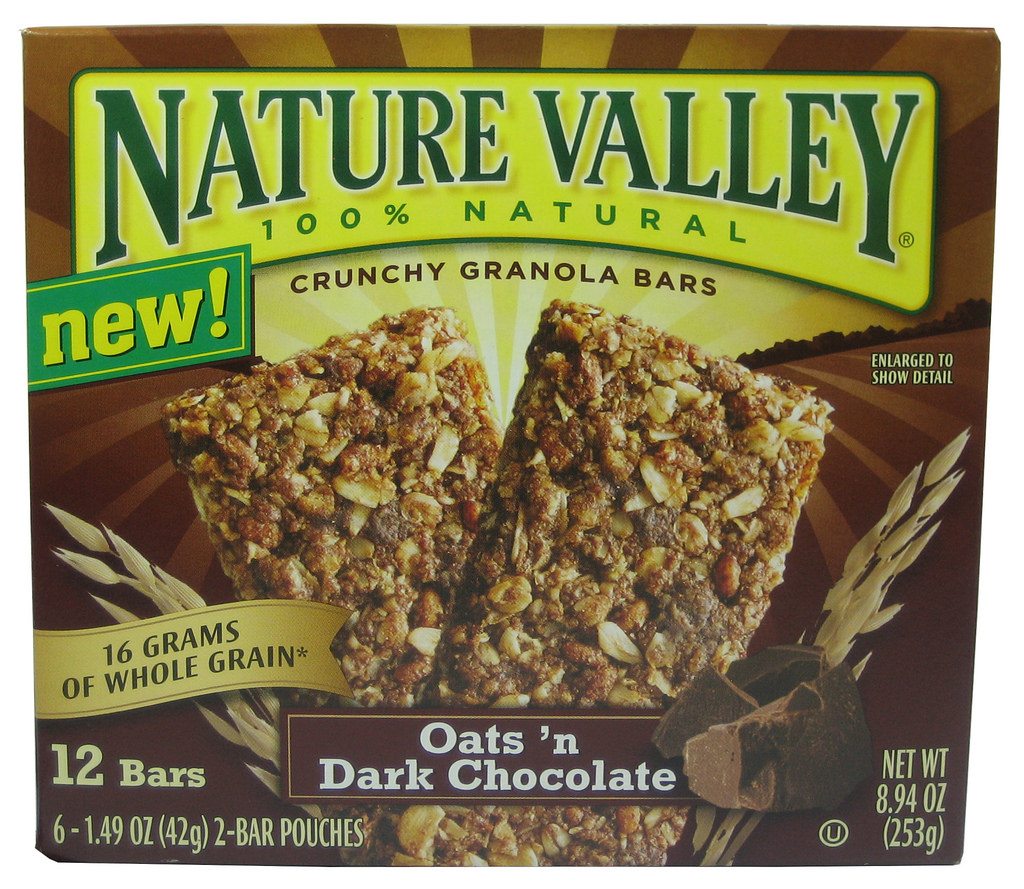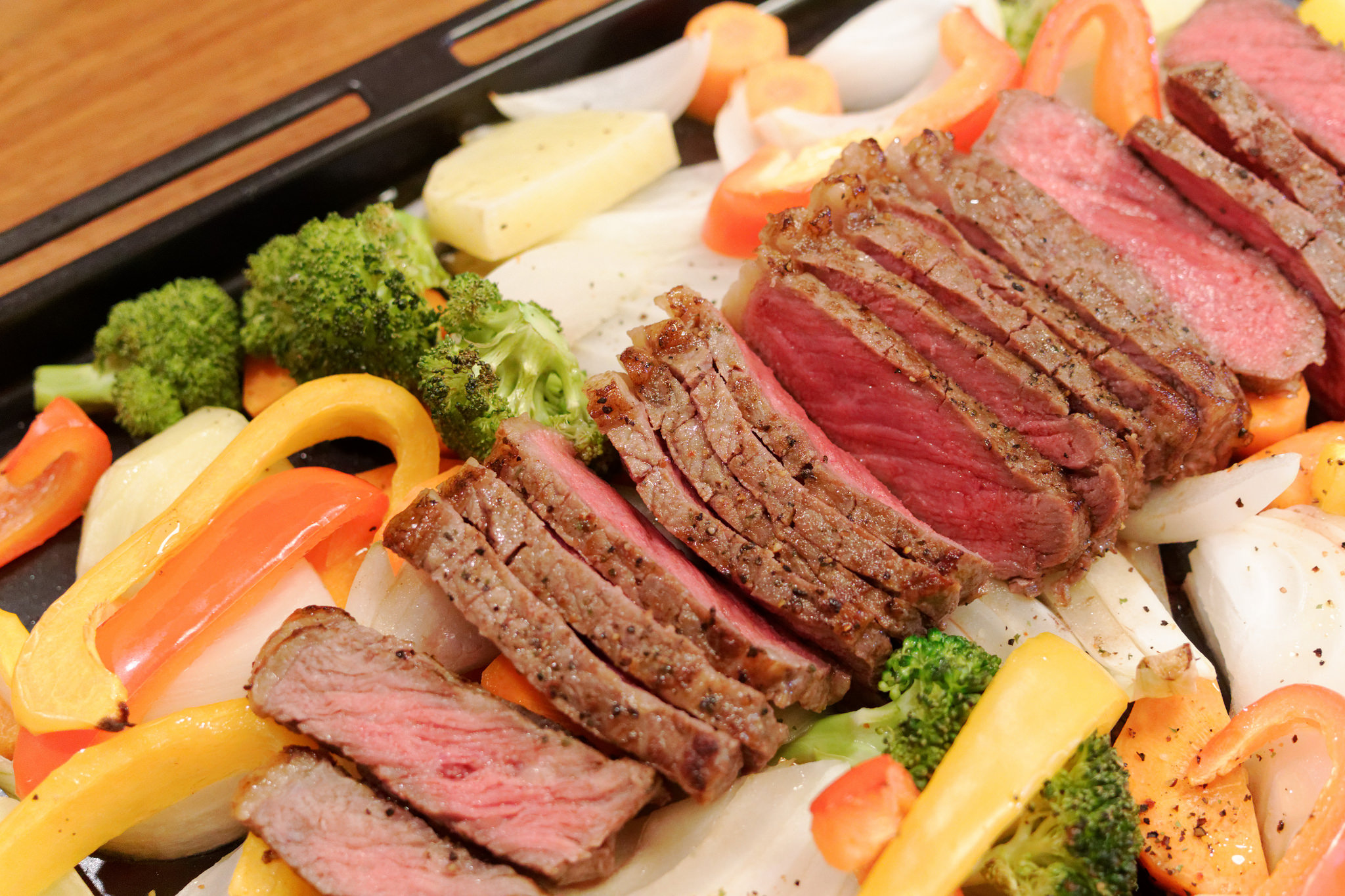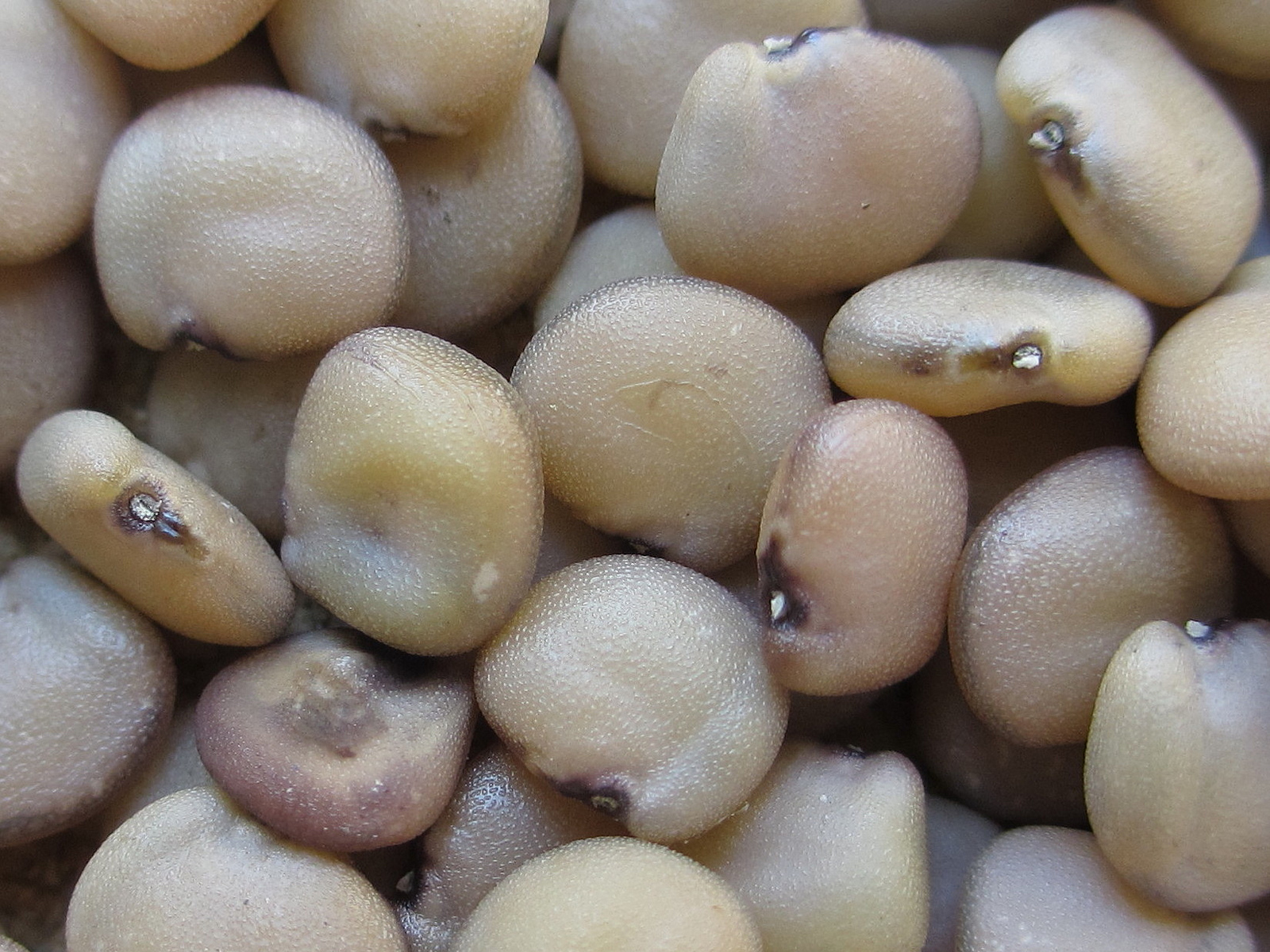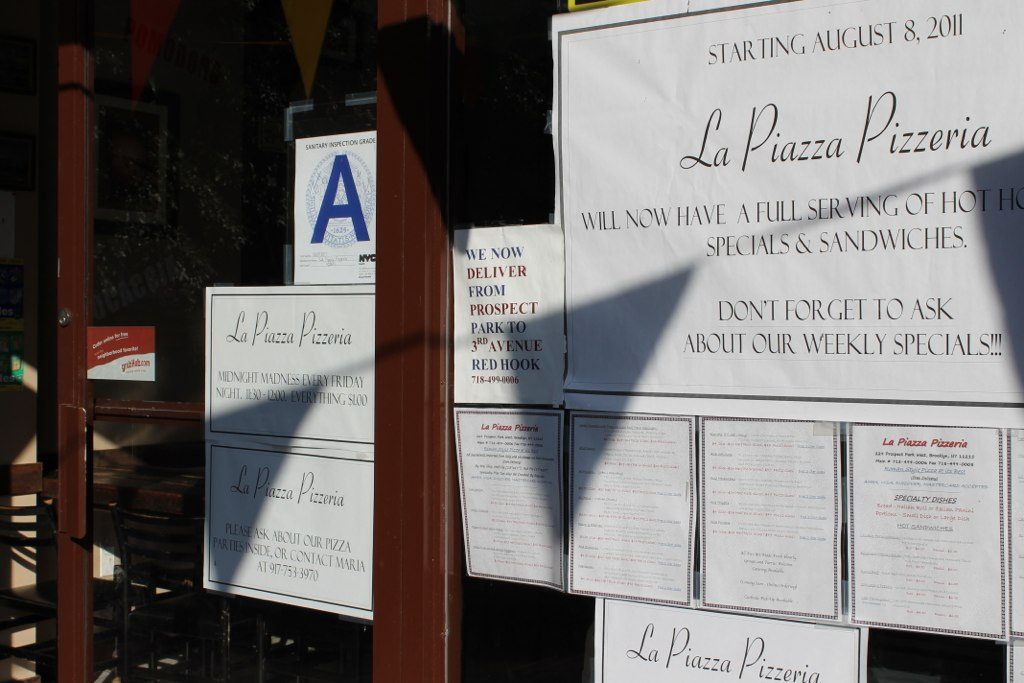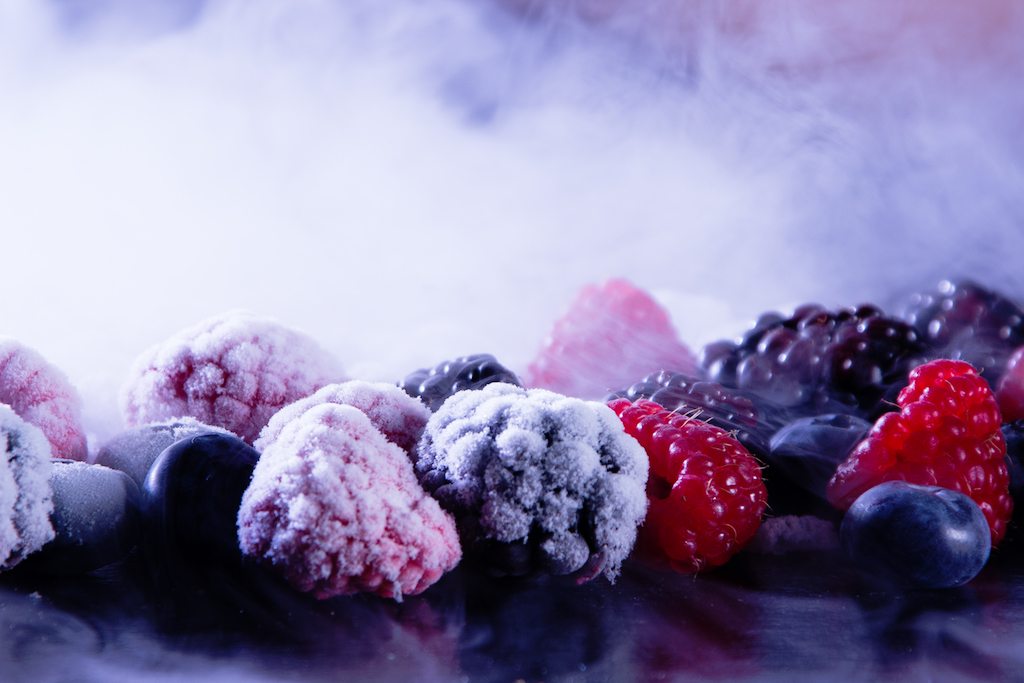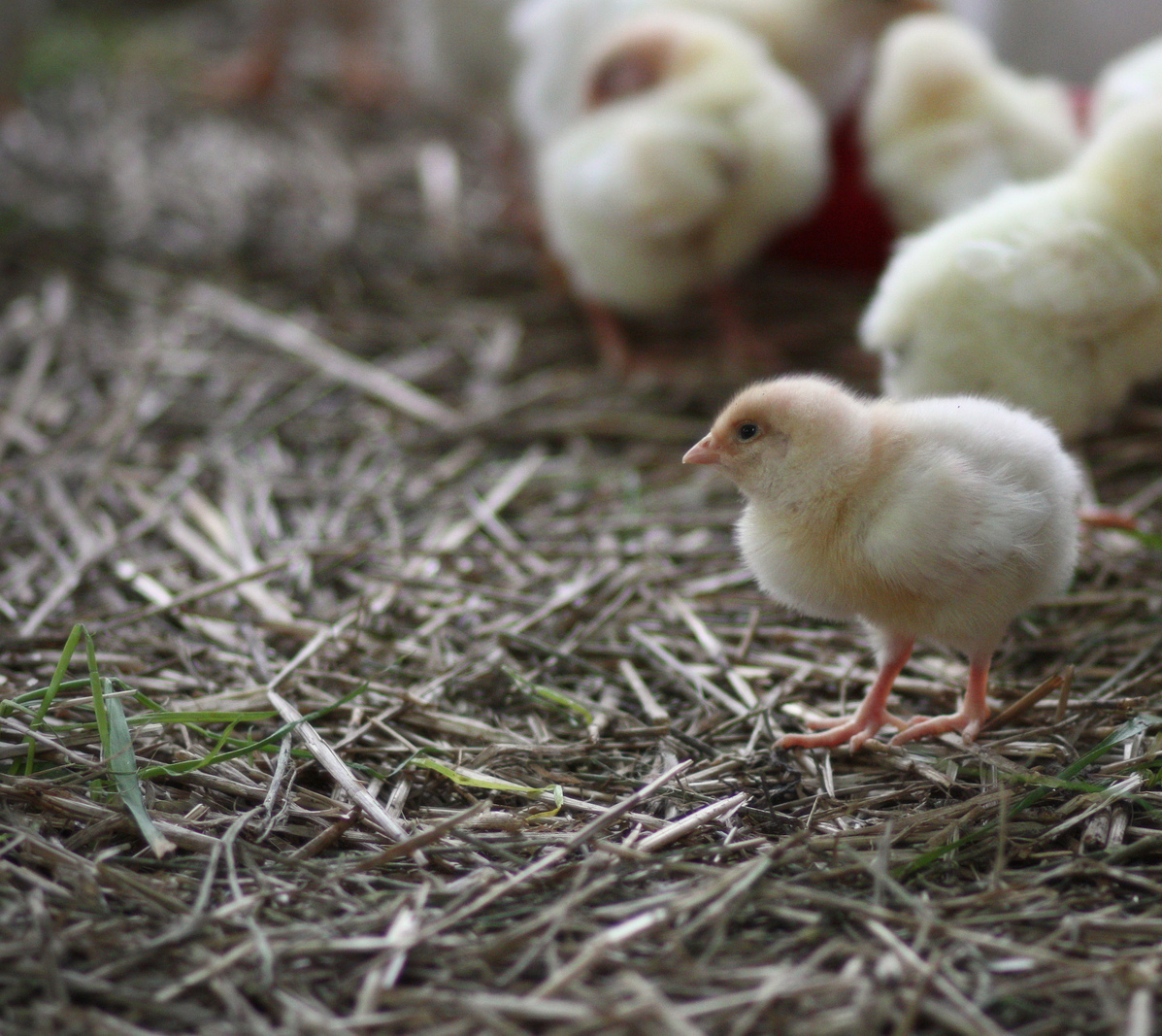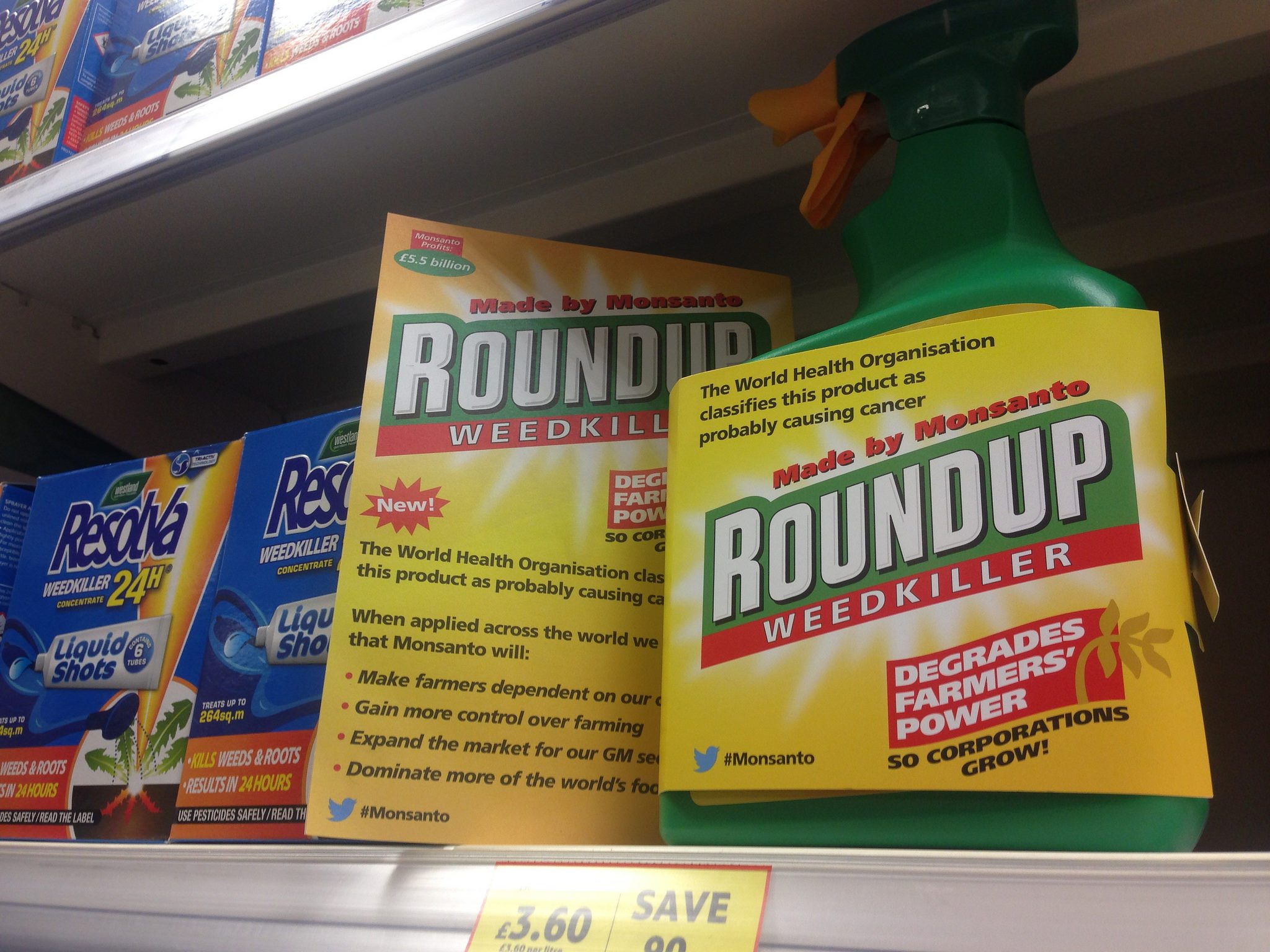If I were to offer you a cookie and tell you it contained no artificial ingredients, you’d understand that it probably had trace amounts of toxic chemicals and God knows what else, right? I mean, your peanut butter can pass inspection as being all peanuts when in fact it contains miscellaneous bits of bugs and rodent hair. Why would you expect me to do better than Peter Pan?
And if I said the flour that went into my cookie was 100 percent natural wheat, you’d be cool with the idea that I meant that the wheat itself was natural, not necessarily the way I raised it. I mean, how could a chemical or two sitting on the outside of a grain of wheat make the wheat any less natural?
You say you’re not entirely comfortable with my approach to transparency—or my cookie? Then you’re not going to be happy with the judge who decided the latest lawsuit accusing a “natural” product of dirty dealing. But here’s the problem: When you look at what he says, he’s got a point that’s not easy to dispute.
The case in question is a suit launched against General Mills last year by a trio of activist groups: the Organic Consumers Association, Moms Across America, and Beyond Pesticides. The groups argue that General Mills is acting deceptively in saying that its various Nature Valley granola bars are made with “100 percent natural whole grain oats.” What’s wrong with the bars? According to the plaintiffs, their independent lab tested them and discovered that they contained 0.45 parts per million of glyphosate.
Glyphosate, of course, is the active ingredient in Monsanto’s Roundup, a famously contentious herbicide that is among the world’s most-used agricultural chemicals. And while the plaintiff groups admitted that only General Mills knew exactly where the glyphosate on its products came from, the likeliest culprit was those purportedly 100 percent natural whole grain oats. (Glyphosate is used in grain production in areas with short growing seasons to kill off the main plant and get the grain itself to dry more quickly—preventing the growth of funguses and other organisms.)
And consumers, the plaintiffs argued, don’t expect chemicals in their natural foods. “Consumers reasonably believe that a product or ingredient represented as natural or 100% natural does not contain biocides and that a product labeled ‘made with 100% natural whole grain oats’ does not contain a biocide in its oat ingredients.” They cited a Consumer Reports National Research Center national phone survey in which roughly two-thirds of consumers said that the “natural” label meant, among other things, that no pesticides had been used in the ingredients that went into a packaged food.
That may sound like a reasonable enough expectation, but in the real world, where an air-borne chemical bloweth where it listeth, it’s not particularly practical. That’s why governments often have rules that define “none” as “not much.”
And “not much” is often a mind-bendingly small quantity. The official Environmental Protection Agency (EPA) tolerances for glyphosate vary by product. EPA permits almond hulls to have 25 parts per million of glyphosate. Animal feed can hit 400 ppm. For most of the fruits and vegetables people eat the limit is 0.2 ppm. For grains, including oats, it’s 30.
According to the plaintiffs, a Nature Valley bar contains 0.45 ppm of glyphosate. To put that in perspective, a packet of Nature Valley bars contains two bars, each about 1.5 by 3.5 inches. Lay out a million packages, and they’ll cover about 1.6 acres—and the amount of glyphosate in the whole mess will be a bit less than one bar.
OK, it’s not much, but is it too much? It’s more than the 0.2 ppm you’d tolerate on an orange or a banana. It’s substantially less than is legally acceptable on the oats that went into the bar. But the bar, of course, is made up of more things than just oats. The label claims 16 grams of whole grain per 42 gram serving, and I don’t see anything else on the label that would count, so let’s say the bar is 38 percent whole grain oats. If all the glyphosate came from those oats, they must have been carrying about 1.17 ppm. Again, it’s no banana, but it’s still less than 4 percent of what’s allowed in oats.
That 4 percent is a very significant number. Because as the judge in the case points out, the rules for certified organic foods allow them to contain trace pesticides as long as the amount is below 5 percent of EPA’s tolerance level—as is the case in the Nature Valley bars. (To be clear, the organic rules permit only inadvertent contamination by pesticides. You’re not allowed to use them and then claim to have grown an organic product just because your crop doesn’t have much residue on it. You can’t wash your way to organic status.)
Here’s what Judge Michael Davis had to say about it: “The Court concludes that it is not plausible to allege that the statement ‘Made with 100% Natural Whole Grain Oats’ means that there is no trace glyphosate in Nature Valley Products or that a reasonable consumer would so interpret the label. It would be nearly impossible to produce a processed food with no trace of any synthetic molecule.
“The representation ‘Made with 100% Natural Whole Grain Oats’ cannot plausibly be interpreted to be more restrictive with regard to synthetic residue than the standard for labelling a product as “organic” under federal law.”
Case dismissed.
(By the way, that survey that the plaintiffs cited about what consumers believe about the “natural” label? It agrees that the standards for organic are in fact perceived to be higher than the standard for natural.)
Here’s the thing: The idea that “no pesticides” means “some pesticides” sounds all wrong. The idea that an organic granola bar could legally contain between two and three times as much glyphosate as a Nature Valley bar and still call itself organic sounds all wrong. The idea that trace pesticides don’t have to be labeled sounds wrong, though not nearly as destructive as forcing companies to label levels of contaminants that are viewed as harmless and unavoidable. (Will it really help you to see rat feces listed on the label of your peanut butter?)
These muddles need to be sorted out, and not everyone is going to be pleased when they ultimately are. The biggest and most important muddle is one that Judge Davis breezes through toward the end of his opinion: “[T]here is no dispute that the Products were made with whole grain oats that, themselves, are ‘100% Natural.’ Even if the glyphosate traces are present on the oats, there is no allegation that the oats, themselves, are not natural.” In this, of course, he is simply wrong. That is exactly the view that lies behind the lawsuit: It was not, at heart, about glyphosate that happens to drift over a field of oats; it is about the use of glyphosate in growing oats. And the underlying question is whether an oat grown with the use of an artificial pesticide can ever be truly natural. Judge Davis answered that question from a reasonable consumer perspective (and perhaps not realizing the quicksand he was stepping into). But there are clearly other perspectives.
Are we getting any closer to answering that big, enduring question? Personally, I don’t see much progress. FDA is allegedly mulling things over. A gaggle of “natural” lawsuits initiated in the past few years, though diminishing in number, continues to work its way through the courts.
If this issue matters (and I think it does), maybe it’s time to resolve it. I don’t expect to like the results, one way or the other. But at least it will let us move on to the next round—hopefully a more productive one—of debates over what we eat and how we produce it.
